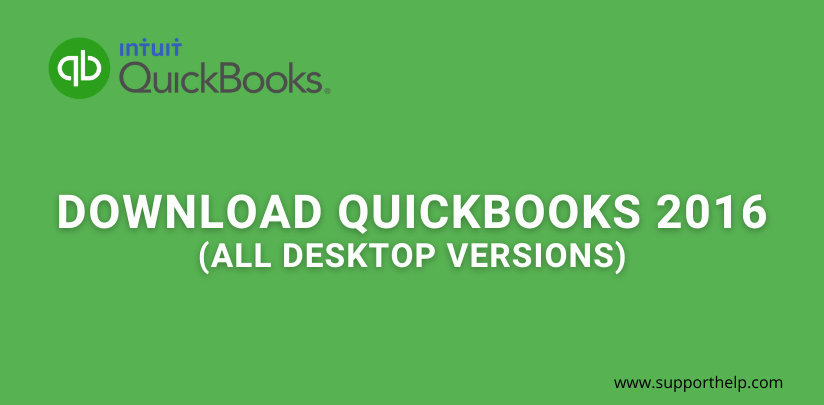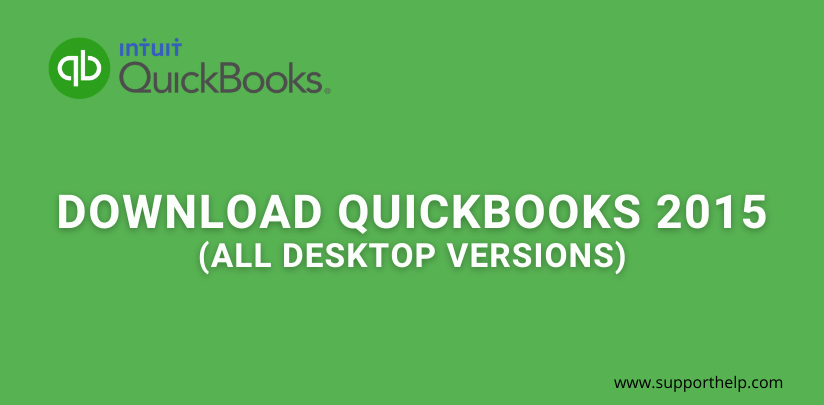How to Enter Invoices in QuickBooks
How to Enter Invoices in QuickBooks
Invoices are very useful for tracking customers who bought a product or service from you who didn't pay yet. This still counts as a sale, and an invoice is issued to a customer to remind them that there is an undue bill to cover.
Invoices are used to clarify accounts receivable to put as entries in financial statements, and it's a valuable tool to know how to make one be able to use its advantages. For the longest time, accounting has been so complex, but with QuickBooks, efficient and effective accounting is achieved.
Moreover, it's essential to know how to make invoices for faster and easier transactions to be recorded. So today, you will learn how to enter invoices in QuickBook with a few simple steps that you can follow:
How to create an invoice from scratch?
If you haven't made an invoice in QuickBooks before, here are the steps on how to do it:
Step 1: In the home screen, click on Create Invoices.
Step 2: In the Customer: Job drop-down tab, you can click a customer or customer job option. If your customer or job has yet to be included on the list yet, you can pick Add New.
Step 3: Fill up the missing information sheet with the Date of Invoice, Bill to or Sold to, and the terms and agreement.
Step 4: Where the details can be seen, choose item/s. When you select or add an item, the description of the amount, details, and costs will automatically appear where you can modify it.
Step 5: For discounts, here are the additional steps:
- Go to the Lists menu.
- Choose the Items List.
- Right-click and click on New.
- Choose the Type tab, then click on Discount.
- Type in an Item Name, Number, and a short description.
- The amount or percentage of the Discount will vary, so you might want to let the percentage of the Discount remain as is once you go to the sales form to sync them.
- In the account tab, pick the income item list you want to track for discounts you want to grant to your specific customers.
- Make the right adjustments in the Tax Code for the correct items.
- Click OK.
Step 6: Click Save and then close the application.
How to create a Sales Order window?
Source: Sales Order
Step 1: The main tab shows the Sales order; click on Create Invoice to make a new sheet to work on.
Step 2: There will be a prompt that appears. You'll be given two options, and they are:
- You can click on Create Invoice for All of the Sales Order(s) and add all the item lists from the sales order form into the invoice itself.
- You can click on Create Invoice for Selected Items should you choose only to entail some of the items listed in the invoice.
Step 3: If you want to make necessary changes to the invoice, you can. So, in accounts lists, place a quantity that you want to put in your invoice for each item in a column. If you don't, then just put zero.
Step 4: Click Save and Close.
Source: Invoice window
- In the home screen, create another new invoice.
- A drop-down tab will have a name that says Customer: Job. Choose customer job.
- You can pick one or more sales items that are in the invoice.
- You can also make changes to the invoice itself but just like the sales order above. If you don't, then just put zero.
- Click Save and Close.
How to create an invoice for the estimate?
Step 1: Click and open the correct estimate.
Step 2: Click on Create Invoice to create an estimate form.
Step 3: If you have the option of progress invoicing, put in specific details you want to prompt.
Step 4: When the invoice is available for editing, put in the necessary information you need.
Step 5: Click Save and Close.
Tips in digital invoicing
- Make sure to send your invoice on time to ensure that the recipients will have a respectable amount of time to react and internalize the invoice you're about to send.
- Make sure your terminologies are understandable instead of something that's completely vague that's hard to follow. It would be best if you always consider that your recipients may not be as adept in business as you might think.
- You can also send a pre-invoice reminder if you want to notify them beforehand of an upcoming invoice in their mail.
- Put the explanations for every charge incurred by the customer. It's hard enough to face one client alone, so avoiding circumstances where further queries halt operations are incredibly beneficial.
- Don't just accept and send your invoices all of a sudden. Review twice or thrice over to check if the system entailed the right particulars for a specific transaction.
- Set up incentives early to relieve you with more items when auditing your statements. It's so difficult to follow a complex statement, and avoiding this will give you a considerable advantage in lead time and inventory management.
- If your customers habit delaying cash payments, it's best to be forward and ask for the payments upfront to reduce operations time in accounting. QuickBooks can still run so many invoices regardless of the size, but it's easy to edit accounts when invoices are much smaller otherwise.
Final thoughts
Invoicing can be a detriment when not managed properly. If you know how to enter invoices in QuickBooks, you have a lot of work cut out for you, especially when auditing. It's great for people who are managing different departments simultaneously. The most significant advantage to entering invoices correctly is the accuracy for your customers to refer and check to when they are paying the accounted products or services they purchased.
QuickBooks is a fantastic tool that all businesses should have. They have the invoicing part relieved for the hassles and intricacies it poses for many businesspeople, especially the newcomers in bookkeeping.
Related Articles







